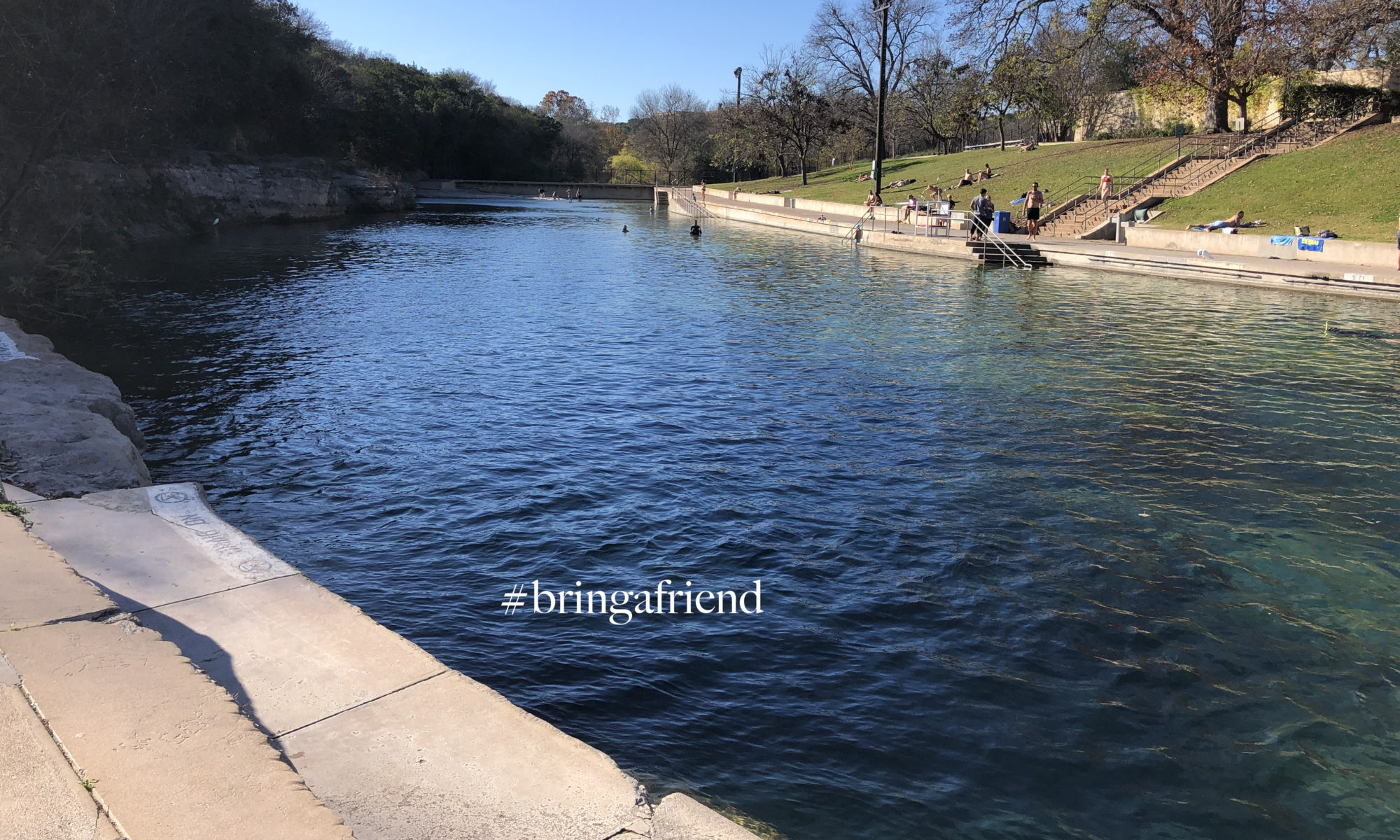Friends,
During April’s volunteer cleaning, we attacked the sticky burrs on the South Lawn with a group ~15 volunteers, but were only able to clear only a small area. As a result, we realized we needed to advocate for a more robust solution with PARD, and BSP Staff.
Thankfully, we were able to get a plan in place through the help of Kimberly McNeeley and Andrew Savage at PARD. The result is that on the morning of Thursday, May 24th, PARD’s Zilker Staff and members of the PARD Horticulture division started a process of brushing the plants with Finalsan, an organic weed killer. They will cover a large area on the South Lawn and evaluate the results the following day before making a decision on whether to continue with Finalsan or resort to removal by hand. We suspect it will take both approaches and will be gearing up for that effort if needed.
We understand that using a weed killer for eliminating this pesky weed is going to be controversial, but precautions and approvals have been obtained. Here is what we know about Finalsan: its active ingredient is an ammoniated soap of fatty acids, and it is a fast-acting weed killer that you spray on weeds and see results in hours. This product is OMRI-listed and approved for organic gardening. PARD requested approval from Watershed Protection Department to use Finalsan at the pool, and they approved it. We believe that the professional licensed application of this product by PARD Horticulture will be a success.
The next phase of this effort will be to remove all the dead weeds and prepare that area for reseeding. It will also involve a commitment by BSP Staff to irrigate the area so that it recovers as quickly as possible. BSP Staff has assured us that a plan is in the works immediately after this pesky weed has been eliminated.
FBSP is coordinating our next volunteer pool cleaning event on Thurs (6/7) and will dedicate a team to do whatever is needed to ensure a speedy recovery of this area at our beloved Barton Springs Pool. If anyone is interested in getting involved with this effort please go to our website (www.friendsofbartonspringspool.org) and sign up to volunteer or just show up at the pool between 9:00 am and 3:00 pm.
Regards,
Steve Barnick
FBSP President





